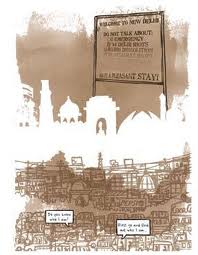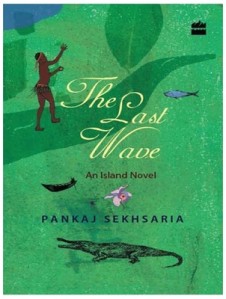Events:
Gangtok, Sikkim Winter Carnival, 14th-19th December. Various cultural and other events around the town.
Delhi, Friday December 12th, 6.30pm, at the India International Centre. Radhaben Garwa, author of Picture This!: Painting the Women’s Movement, a visual history of the rural women’s movement in Kutch, will be present with her sakhis from the Kutch Mahila Vikas Sangathan, speaking with Anjolie Ela Menon, Vimala Ramanchandran and Farah Naqvi. There will also be an exhibition of Radhaben’s pictures.
New York, Wednesday December 10th, 6pm. ‘Around the Globe: International Diversity in YA Writing’. At the New York Public Library, main branch. Featuring Indian author Padma Venkatraman, among others. RSVP here.
Dubai, 3-7 March 2015, Emirates Airline Festival of Literature. Attendees announced, including Mohsin Hamid.
Announcements:
Bilal Tanweer’s The Scatter Here is Too Great wins the Shakti First Book Prize.
DSC Prize for South Asian literature short-list announced. Read about it on The Guardian. (Honestly, if Kamila Shamsie wins, I will stop taking that prize seriously!)
The New York Times’ List of 100 Notable Books of 2014 is out, and features a handful of South Asian or South-Asian related authors: Ramachandra Guha, Vikram Chandra, Anand Gopal, Anand Ghiridharadas, Akhil Sharma.
What I’ve been reading:
‘On fact-free truths about golden ages’, by Akshai Jain, in Fountain Ink.
‘Kitaab interview with Shashi Deshpande’, by Zafar Anjum, on Kitaab.
‘Arvind Krishna Mehrotra: Allahabad’s Prodigal Poet’ by Mayank Austen Soofi, on Live Mint.
‘A very queer Ramadan’, by Lamya H, in Tanqeed.
New stories:
‘Rasha’, by Bangladeshi writer Muhammed Zafar Iqbal, in Words Without Borders.
Positions advertised:
Words Without Borders is looking for an experienced NYC-based editor.









